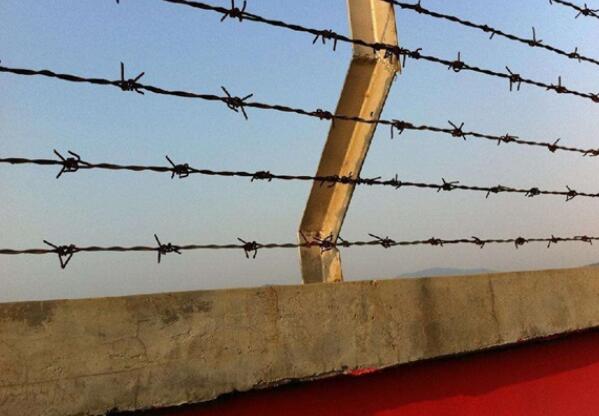Understanding Screen Wire Prices Factors that Influence Cost and Market Trends
Screen wire, commonly used in various applications such as construction, agriculture, and manufacturing, is an essential material for providing protection and filtration. It serves multiple purposes, from keeping insects out of homes to providing structural support in industrial projects. Given its widespread use, understanding the pricing of screen wire is crucial for businesses and consumers alike. This article will explore the various factors that influence screen wire prices and examine current market trends.
Material Composition and Quality
The primary determinant of screen wire prices is the material from which it is made
. Screen wire is primarily manufactured from stainless steel, aluminum, brass, and fiberglass. Each material comes with its own set of properties that affect not only the cost but also the durability and suitability of the wire for specific applications.For example, stainless steel screen wire is known for its strength and longevity, making it more expensive than its aluminum or fiberglass counterparts. While aluminum screen wire is lighter and resistant to rust, it may not provide the same level of durability as stainless steel. Fiberglass, on the other hand, is often used for its cost-effectiveness and versatility but may not be suitable for high-stress environments. Understanding the intended application can help consumers choose the right type of screen wire and justify the associated costs.
Market Demand and Supply Dynamics
Another significant factor affecting screen wire prices is the balance between supply and demand. Economic growth in construction and manufacturing sectors often leads to increased demand for materials like screen wire. When demand outpaces supply, prices tend to rise. Conversely, in times of economic downturn, demand may decrease, leading to lower prices.
For instance, during the COVID-19 pandemic, many manufacturing sectors faced shutdowns, which disrupted the supply chain and resulted in fluctuating prices for various materials, including screen wire. As industries recovered, the demand surged, impacting the pricing once again. Keeping abreast of economic indicators and trends can provide valuable insights into future price fluctuations.
Import and Export Regulations
screen wire price

Screen wire prices can also be influenced by international trade policies and tariffs. Countries that produce screen wire may impose tariffs on imports, which can increase costs for consumers and businesses in the importing country. Changes in trade agreements, such as those seen in recent years in the United States-China trade relationship, can significantly impact the availability and pricing of screen wire.
For example, if tariffs on imported screen wire increase, domestic prices may rise as local manufacturers adjust to the new competitive landscape. Understanding these regulations can be critical for businesses that rely heavily on imported materials.
Technological Advancements and Innovations
Technological advancements in manufacturing processes can result in more efficient production of screen wire. Increased automation and improved materials technology can lower production costs, leading to more competitive pricing in the market. Innovations that enhance the functionality of screen wire, such as better corrosion resistance or improved tensile strength, can also justify higher prices while offering added value to consumers.
Moreover, sustainability trends are starting to influence material choices and production methods. Companies that prioritize eco-friendly practices or materials may experience different pricing structures due to their commitment to sustainable sourcing.
Conclusion
In summary, the prices of screen wire are influenced by a multitude of factors, including material composition, market demand and supply dynamics, international trade regulations, and technological advancements. As consumers and businesses navigate this complex landscape, it's essential to stay informed about market trends and fluctuations.
For those looking to purchase screen wire, considering the specific needs of the application, understanding the cost-benefit ratio of different materials, and staying aware of broader economic conditions can help make more informed decisions. By being cognizant of these factors, buyers can better manage their budgets while ensuring they obtain the right material for their needs. Ultimately, the screen wire market serves as an excellent case study in how various forces in the economy can intertwine and impact pricing in unexpected ways.

















